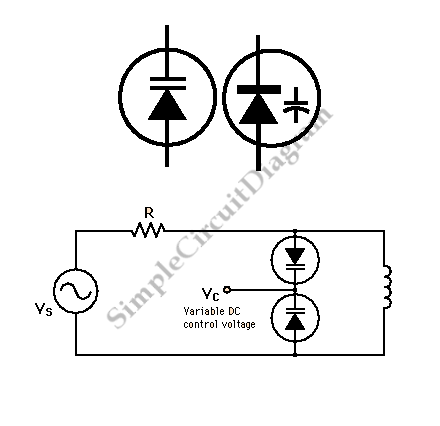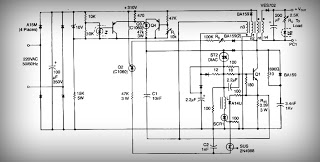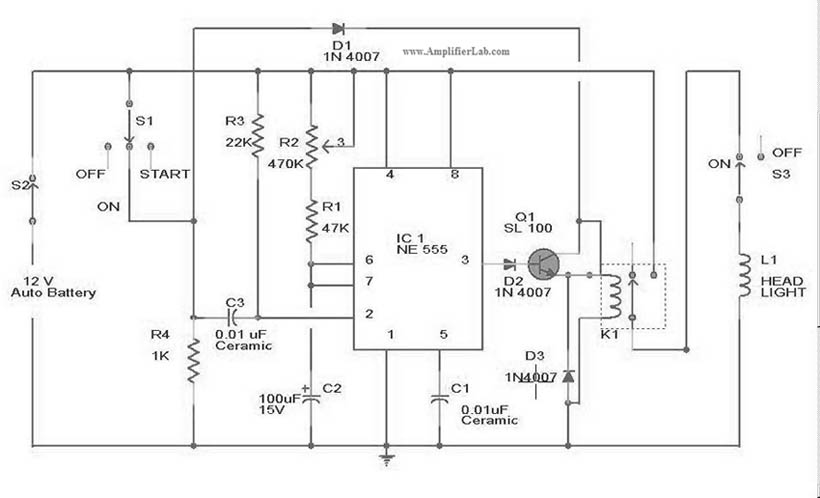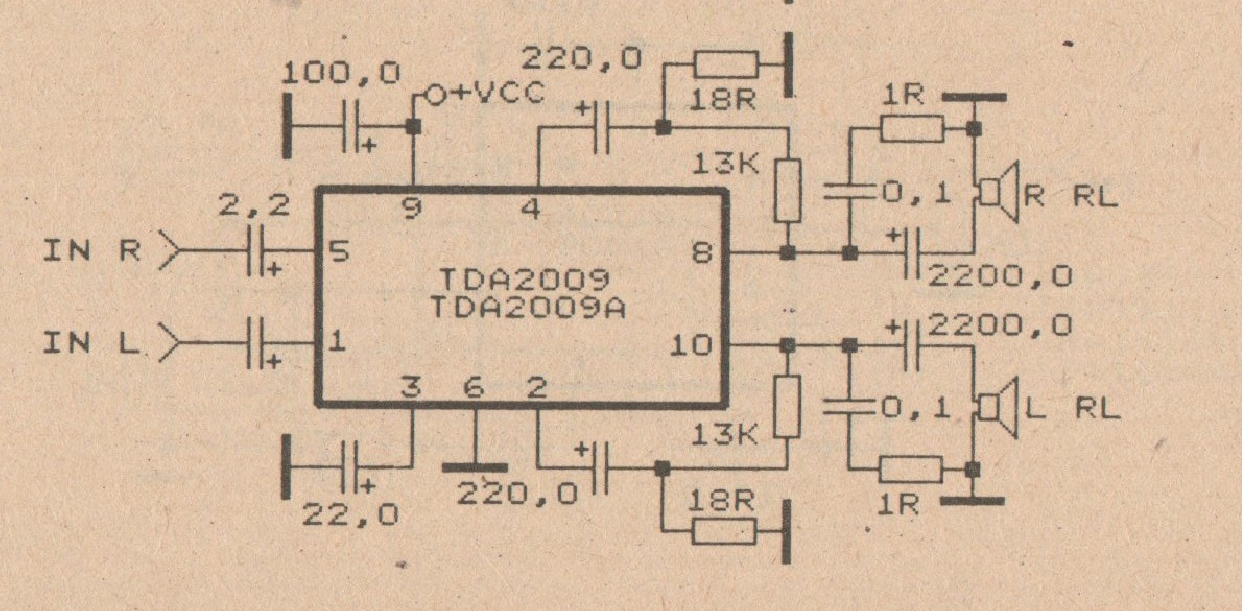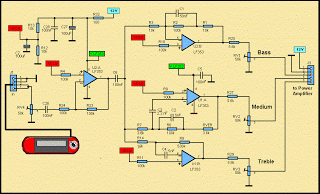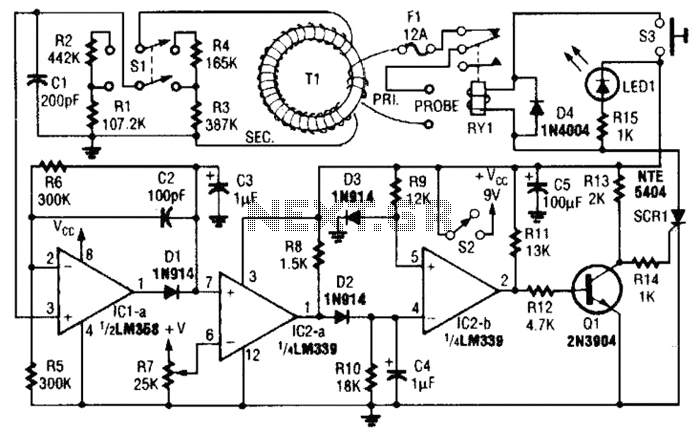
Circuit Diagram Of Motor Control Unit Based On The LM317 IC
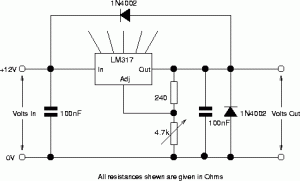
The following circuit illustrates the circuit diagram of a motor control unit. This circuit is based on the LM317 integrated circuit. Features include diodes that protect the regulator.
The motor control unit circuit utilizes the LM317 voltage regulator to provide a stable output voltage, which is essential for controlling the speed of a DC motor. The LM317 is a versatile adjustable voltage regulator that can output voltages from 1.25V to 37V, making it suitable for various motor applications.
In this circuit, the LM317 is configured with two resistors to set the output voltage according to the desired motor speed. The output voltage can be adjusted by changing the resistance values, allowing for precise control over the motor's operation. The circuit also incorporates diodes to safeguard the LM317 from potential back EMF generated by the motor during operation. This protection is crucial as it prevents damage to the regulator and ensures longevity and reliability of the circuit.
Additionally, capacitors may be included in the circuit design to stabilize the voltage and reduce noise, enhancing the overall performance of the motor control unit. The inclusion of heat sinks for the LM317 is also recommended, as the regulator may dissipate significant heat during operation, especially under high load conditions.
Overall, this motor control unit circuit provides an effective solution for controlling DC motors, combining the adjustable output capability of the LM317 with protective measures to ensure robust performance in various applications.The following circuit show about Circuit Diagram Of Motor Control Unit. This circuit based on the LM317 IC. Features:diodes protect the regulator, . 🔗 External reference
The motor control unit circuit utilizes the LM317 voltage regulator to provide a stable output voltage, which is essential for controlling the speed of a DC motor. The LM317 is a versatile adjustable voltage regulator that can output voltages from 1.25V to 37V, making it suitable for various motor applications.
In this circuit, the LM317 is configured with two resistors to set the output voltage according to the desired motor speed. The output voltage can be adjusted by changing the resistance values, allowing for precise control over the motor's operation. The circuit also incorporates diodes to safeguard the LM317 from potential back EMF generated by the motor during operation. This protection is crucial as it prevents damage to the regulator and ensures longevity and reliability of the circuit.
Additionally, capacitors may be included in the circuit design to stabilize the voltage and reduce noise, enhancing the overall performance of the motor control unit. The inclusion of heat sinks for the LM317 is also recommended, as the regulator may dissipate significant heat during operation, especially under high load conditions.
Overall, this motor control unit circuit provides an effective solution for controlling DC motors, combining the adjustable output capability of the LM317 with protective measures to ensure robust performance in various applications.The following circuit show about Circuit Diagram Of Motor Control Unit. This circuit based on the LM317 IC. Features:diodes protect the regulator, . 🔗 External reference
